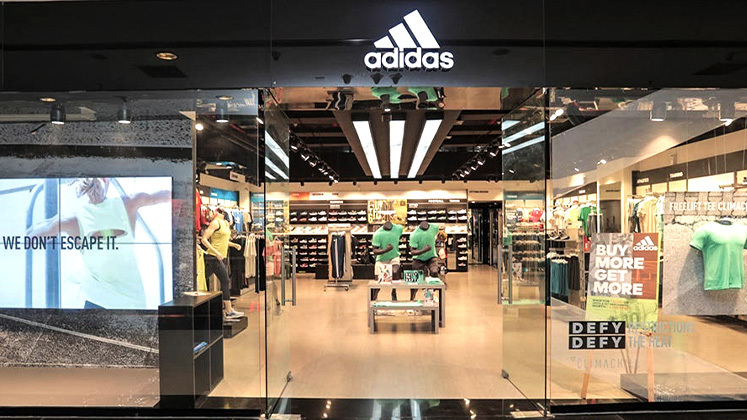Adidas AG reported solid third-quarter results for the 2025 financial year, driven by robust demand for its running and football footwear and continued momentum from retro sneaker lines such as the Samba.
The company’s brand grew by 12% in currency-neutral terms, leading to net sales of US $ 7.2 billion in the quarter, according to a press release issued on Wednesday. Gross margin improved slightly to 51.8%, while operating profit rose 23% to US $ 806 million. Net income stood at US $ 531 million, though the company noted that hyperinflation-related factors continued to weigh on overall performance.
For the first nine months of FY 2025, Adidas reported 14% brand growth, with double-digit increases across all regions and sales channels. Net income totalled US $ 1.43 billion, up 52% year-on-year, while operating profit rose 48% to US $ 2.08 billion, reflecting an operating margin of 10.1%. The company said it expects double-digit currency-neutral revenue growth for the full year and forecasts an operating profit of around US $ 2.19 billion.
Both the running and football categories recorded strong double-digit growth, Adidas said, expanding on preliminary results shared earlier. Running sales grew by over 30%, supported by strong demand for its Adizero range, including the Evo SL.
Chief Executive Officer Bjoern Gulden said the company remains focused on sustaining its turnaround, which began two years ago with the successful revival of the Samba. He added that Adidas is prioritising the development of appeal-driven apparel and sportswear to strengthen its position against rival Nike Inc.
While third-quarter profitability exceeded market expectations, investors were less encouraged by the slower revenue trajectory, as the company continues to face currency headwinds from a stronger euro and weaker US dollar. Adidas said these fluctuations had a negative impact of more than US $ 349 million on quarterly sales.
Regional performance remained largely positive, with Europe and Greater China both reporting double-digit growth of 12% and 10% respectively. North America, however, was the only market to fall short of that benchmark, posting 8% currency-neutral growth.
Adidas continues to regain ground in the running category, after missing early momentum in the global demand for comfort-led trainers captured by rivals such as On Holding AG and Hoka. The company’s focus now lies in expanding its presence among everyday runners and casual consumers, in addition to maintaining its professional athletics portfolio.
In football, Adidas cited strong sales linked to its new partnership with Liverpool FC, as well as updated models of its F50 and Predator boots.
Lifestyle products also performed well, with 10% sales growth driven by sustained demand for retro sneakers including the Samba and Gazelle, which have been refreshed with new colours and materials. Adidas has also increased production of its Superstar line, a franchise that Gulden expects to remain a key driver of its casual footwear strategy.







